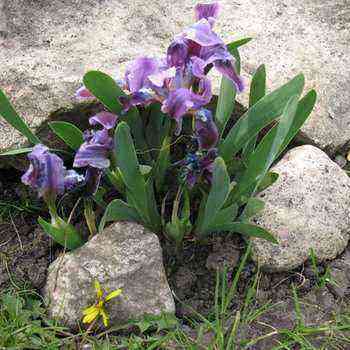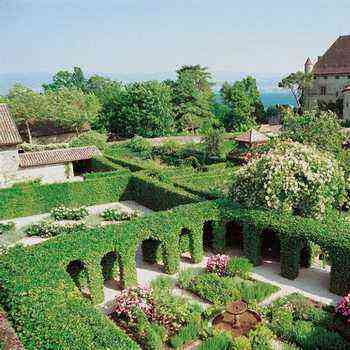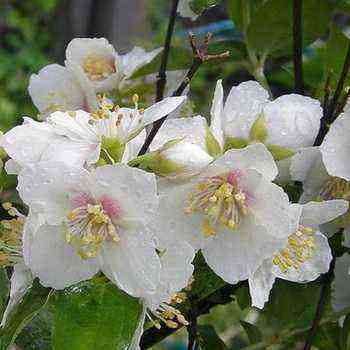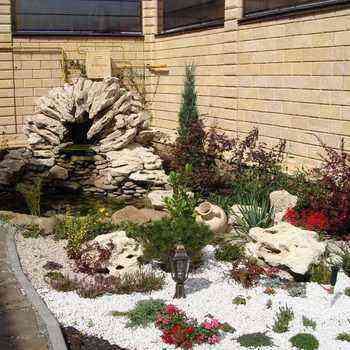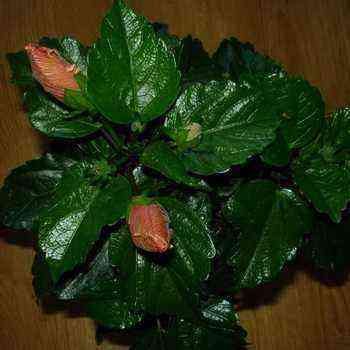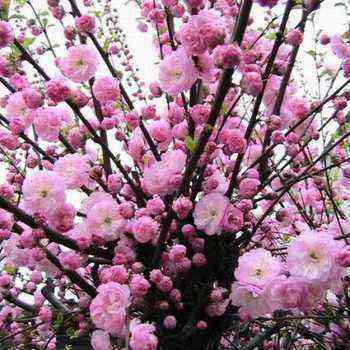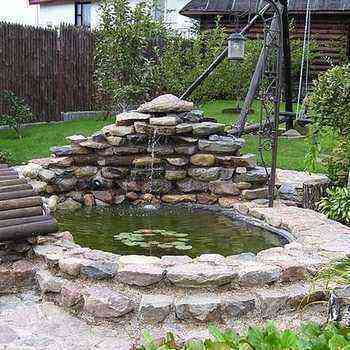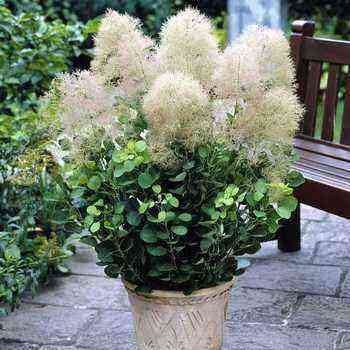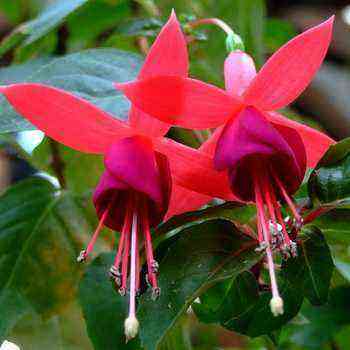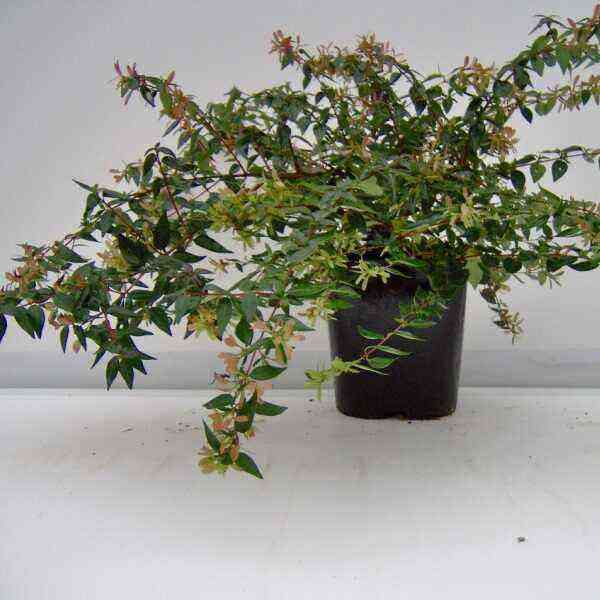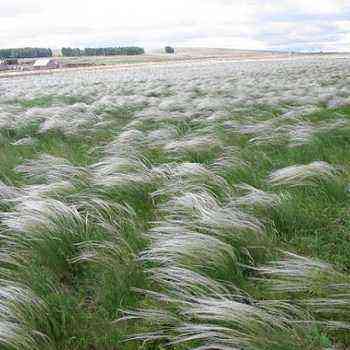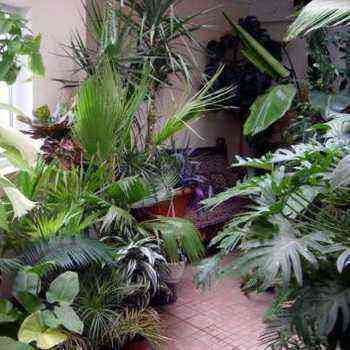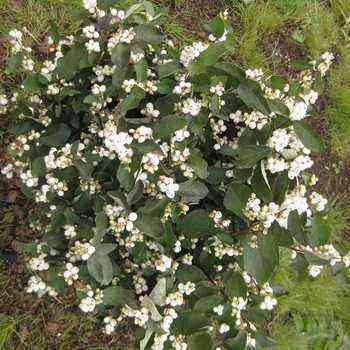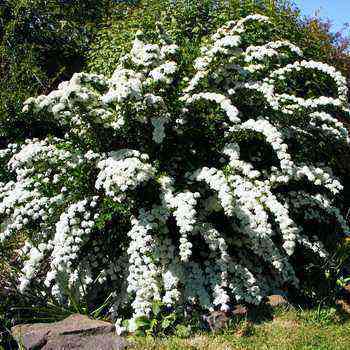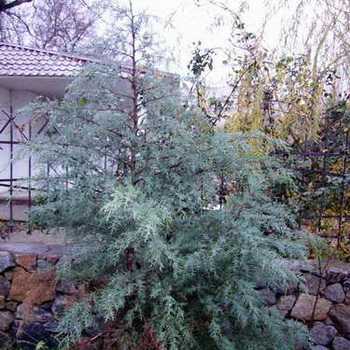 Department: gymnosperms (Pinophyta).
Department: gymnosperms (Pinophyta).
Class: conifers (Pinopsida).
Procedure: pine (Pinales).
Family: cypress (Cupressaceae).
Sort by: cypress (Cupressus).
Type: Arizona cypress (C. arizonica).
Cypress arizona (CUPRESSUS ARIZONICA) is an evergreen slender tree up to 30 m high and a trunk diameter of up to 1 m.The history of the cypress is covered with many legends – we will tell you some of them, as well as show you a photo of the Arizona cypress, talk about where cypress trees grow, and where oil is used cypress.
The crown of a young cypress is compact, pyramidal or kegle-shaped, with age it becomes conical, sparse. In terms of its description, cypress is similar to other members of the cypress family, but differs in a heavier and stronger wood.
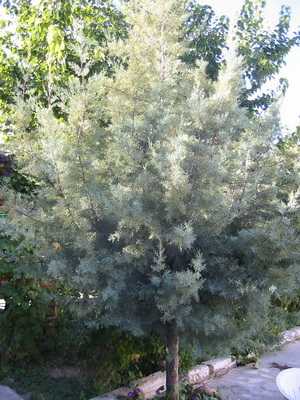
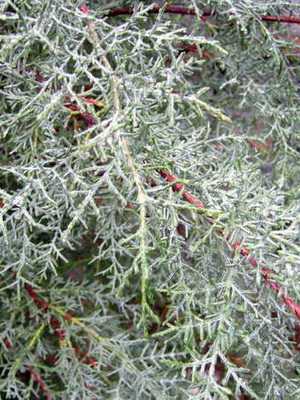
The branches grow horizontally. The bark is reddish-brown, the needles are bluish-green or silvery, consists of 2 mm long scales.
The plant is monoecious. Numerous male cones, small, oblong and yellow, are formed at the ends of the shoots. Female cones are round, gray, up to 3 cm in diameter, have 6-8 scales and are collected in several pieces. The seeds are reddish brown lionfish.
Where cypresses grow
Arizona cypress is widespread in the southwest of North America, but the populations are isolated and small in number. The area covers Mexico, and in the United States – the states of Arizona, Texas, Southern California and New Mexico. It does not settle to the north due to too harsh winters, which young shoots are not able to survive.
Cypress grows at an altitude of 750-2700 m above sea level in mountain conifers, especially pine, and mixed forests. It is also found on the plains – in the forest-steppe and bushes. Soils can be very different: loam, sand, gravel, limestone.
Arizona cypress lives up to 500 years. In nature, it reproduces mainly by seeds, and vegetative propagation is also possible – by cuttings. Male cones ripen in the fall and, opening the scales, release whole clouds of yellow pollen, which, with a breath of wind, fall on the female cones. The seeds ripen within a year and a half and are carried by the wind thanks to the pterygoid appendage.
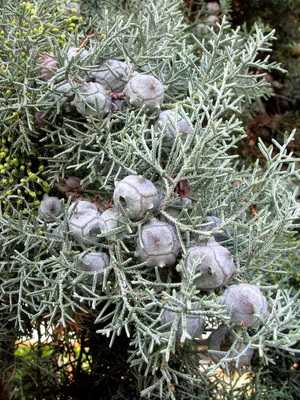

Female cones sometimes remain on the cypress for several years, and all this time the seeds remain viable.
Cypress application
Fast growth, elegant crown, easy to trim, endurance and unpretentiousness make Arizona cypress an excellent tree for landscaping. It is grown everywhere in the subtropical and temperate regions of America and Europe, including the Crimea. The wood of this type of plant is light, dense and heavy, stronger than that of other cypress trees. Thanks to the resin, it does not rot and is not afraid of insects. Used in construction and joinery.
The essential oil of European cypress species improves blood circulation, promotes healing of small cuts, and has an anti-inflammatory effect. It is used in cosmetology and aromatherapy, especially for respiratory diseases. It is also a good repellent.
The history and legend of the cypress
In ancient Greek myths, Cypress was the son of the Keos king and confidante of Apollo. The young prince was very fond of playing with the sacred tame deer that lived in the Carphean Valley. Once, while hunting in the forest, a young man killed an animal by mistake.
According to legend, Cypress experienced such intense grief and remorse that he did not want to live anymore. Apollo, seeing that nothing could comfort the young man, turned him into a tree. This story made cypress a symbol of sorrow. The Greeks planted cypresses around graves and hung branches on the doors of houses where someone died. In Israel, Arizona cypress is dressed up instead of a New Year tree.
DNA studies have shown that American cypresses are different from European ones. The difference is so significant that scientists are debating whether the American species should be separated into a separate genus, Hesperocyparis.
The state of some subspecies and local populations is unstable, but in general, the plant is not threatened with extinction. The main danger for him is represented by forest fires, after which the number of the species recovers for a long time.





